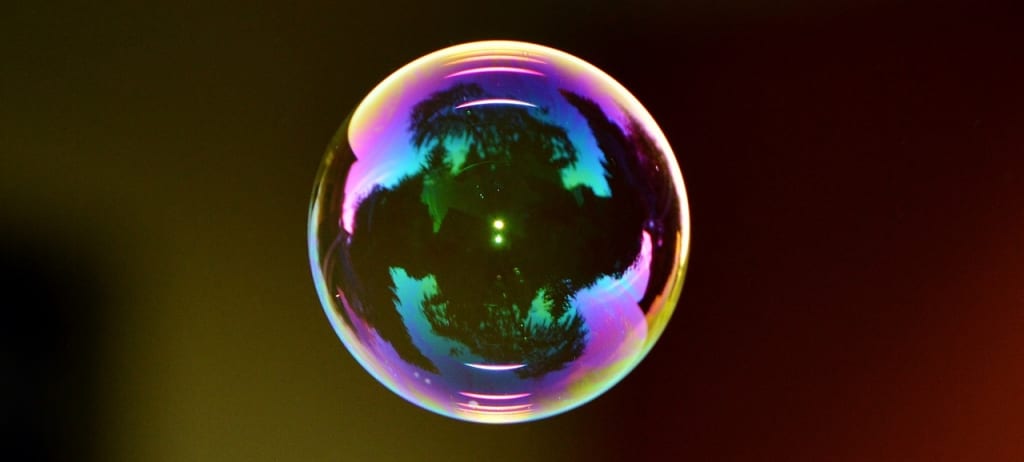
I’ve often wondered why it is in the evolution of mankind that, even when we arrive at a great solution to a problem or need, that we don’t just say that’s it, and settle for that? No, we fiddle, we change, we innovate. Nothing is ever static, like evolution itself, except that we innovate just a little quicker.

In almost everything we do we innovate or tinker with, or we “improve” it or try to change it, perhaps sometimes adapt it or even re-purpose it. Sometimes for the better, sometimes for the worse. Things evolve and change, because that’s how we our minds work. Fashion changes constantly, technology and cars get cleaner, faster, better looking (questionably). Architecture changes to our changed behavior, expectations and lifestyles. It seems that everything is subject to change, adaptation, and often pure novelty.
Whilst we strive for perfection, it is never achieved. Perhaps it is achieved in the moment, but that present moment passes very quickly and what seemed like the perfect solution is now old, passé no longer suitable or appropriate for our current needs. So perhaps it’s the world outside us that is in a constant state of change and we are merely adapting to a continuous flow of cultural change. Or perhaps we are just restless and seek novelty.
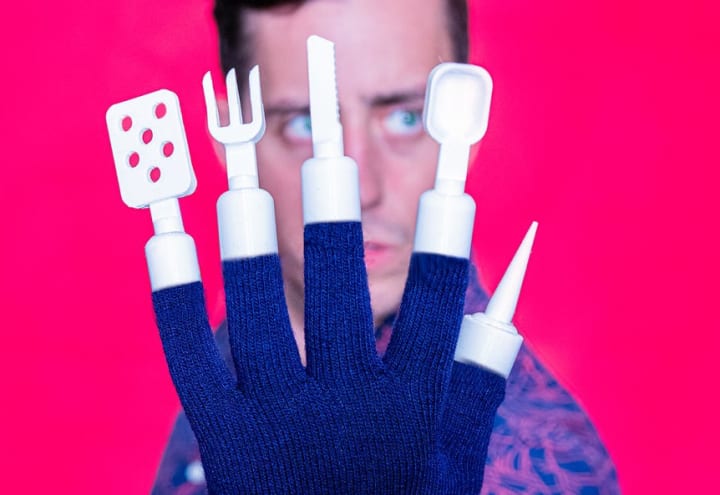
Culture evolves because we adapt to that change and in turn change the cultures we live in and the environments we create. It’s a highly complex interaction between the minds that influence (7.8 billion of them, some with more influence than others) and the minds that adapt to the influence. An emergent property, the whole is greater and different, to the sum of its contributing parts. The resulting “cultures” are fluid, caught between control and creativity.
There is a concept described by Stephen Johnson in his book “Where Good Ideas Come From” called the “Adjacent Possible” (others have explained similar concepts, Beau Lotto in “Deviate” speaks of the “Space of Possibility). Here Johnson describes the boundaries at the edge of our cultures where new, recent, and past ideas are like the surface expanding balloon. New concepts and ideas live at this boundary and are made possible by previous ideas contained within this space. New ideas expand and change the boundary.
Isaac Newton's metaphor, “we stand on the shoulders of giants” explains a similar concept. We are all subject to the knowledge we, and our cultures, have and our skill and vision to create further concepts based on these foundations. This might explain why some ideas and concepts have emerged simultaneously in different, independent parts of the world. The obvious example is also from Newton with the development of Calculus (the mathematical study of continuous change) which was simultaneously and independently developed by Newton and Leibniz in the 17th Century.
Why is it though that we are compelled to innovate and create? What is it that drives our desire to find new and different solutions to problems and desires? Why don’t we settle for something as it is?
The answer is contained within our restless, conflicted, and plastic brains.

Plasticity is a term used to describe our brain’s ability to adapt and change to a given stimulus or situation. That may be in re-purposing a neural pathway because of loss or injury, but may also be simply applied to our ability to learn new things.
Our brains are, by their very nature, conflicted. On the one hand, we seek to conserve energy and reduce everything to an automatic mode and on the other, we seek surprise, novelty, and stimulation.
Energy conservation is one of the driving forces of our desire to knit together events into stories so that we can predict what will happen next. The brain uses approximately 20% of all of our oxygen and is very resource consumptive. Particularly when we are forced to think consciously. To mitigate this we create habits and strong, fast neural pathways that become our habits and assumptions. The more familiar we are with something the less energy it consumes. The system that sits alongside this is something called “Repetition Suppression”. The more familiar we are with something the more normal it becomes and the less it stimulates us. In effect, it becomes habitual and familiar and doesn’t demand our conscious attention.
Imagine trying to drive a car or ride a bike if you had to consciously concentrate on every single detail, muscle, and external event, as you do when first learning to drive or ride a bike. After a while, with a little practice, it becomes automatic and you’re able to listen to music and even talk to someone at the same time as driving or cycling. Our brains are constantly balancing moderation (agency) against automation in an attempt to be efficient.
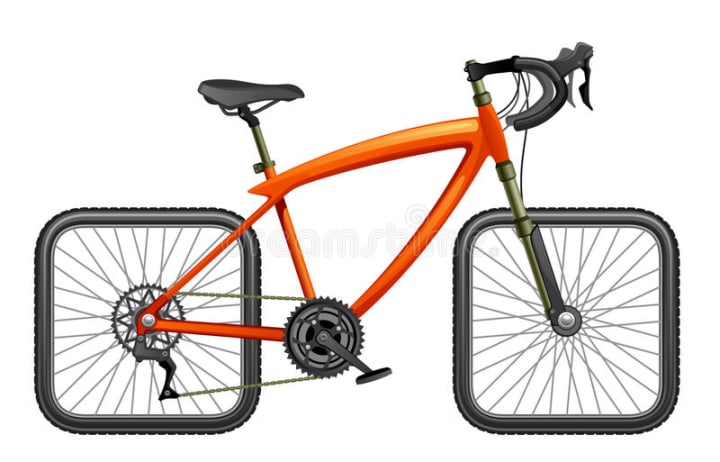
Our brains love to incorporate new facts and novelty, to keep us alert. At the same time it tries to relegate events and experiences to predictable patterns that conserve precious energy and resources. That is partly why we create stories and then beliefs, for the predictive qualities. Somewhere between confidence and efficiency. We are conflicted.
Creativity seems to exist at this point of tension between novelty, control and automation. The edge of the adjacent possible. Somewhere between past knowledge and future vision.
In design, there is a concept called Skeuomorphs. Derivative objects that retain non-functional ornamental design cues (attributes) from structures that were inherent to the original. This is the idea that a successful design will take something that we know, that is familiar and will combine it with something new.

An example of this would be the Apple watch. The small winder at the side doesn’t need to be there, yet it’s there so that we have some familiarity with the concept of what it does.
Many jokes will start with a “set-up”. A story that leads you believe you can predict what will happen next and then, at the last moment at the punchline, changes direction which creates delight, pleasure, and, hopefully, laughter. The punchline works even better if it sheds some light on our everyday existence.
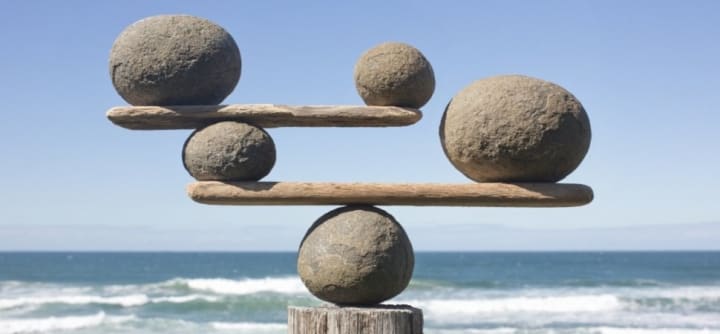
So we balance (or try to) predictability, rigor, and knowledge with surprise (flexibility, plasticity, and possibility) We need things to be predictable, just not too predictable.
It’s wrong to think of the brain as a computing machine, that metaphor is outdated. Perhaps a better way is to conceive the brain as a network of billions of individuals, all making small decisions, yet very few of them agree. Not unlike contemporary democracy. Things change because of a very complex interaction of conflicting perceptions, with whoever shouts loudest winning the argument. Not unlike a parliament. We are undoubtedly hard-wired for adaptability and plasticity yet this conflict and restlessness are what drives creativity and is why creativity is sometimes destructive (again, not unlike governance).
We are deeply fortunate in that create, in our minds, scenarios of a future that may or may not exist. This reduces risk. We can simulate different future possibilities without the need to enact them in real life. We simulate future possibilities, internally. We can take “What-is” and transform it into what-if with alternative realities.
Pretend-play is a child’s way of learning, of exploring possibilities and gaining knowledge. This is something we continue to do throughout our lives, balanced to a greater or lesser against the perceived risk and effort. We get so used to simulating experiences that we take it for granted and often forget how to active it. We sometimes forget that imagination is the source of our optimism (or pessimism) and that it can be used to try-out different potential scenarios.

Mental simulations, what-if’s, reduce the risk of actual action but become so much more powerful when backed by action. This is where creative thinking gives way to practical drive. Creative implementation.
Einstein may not have come up with his theory of General Relativity if he hadn’t been able to visualize the phenomena (the what-if scenario). Darwin may not have been able to conceive of evolution if he hadn’t been able to create mental representations of the origin of species.
No other species surround themselves with things that never existed before. This would suggest that our creativity and desire for novelty is unique to us humans. Innovation is a deeply entrenched human quality. Creative thinking is a quintessent human quality.
www.charlesleon.uk

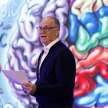




Comments
There are no comments for this story
Be the first to respond and start the conversation.